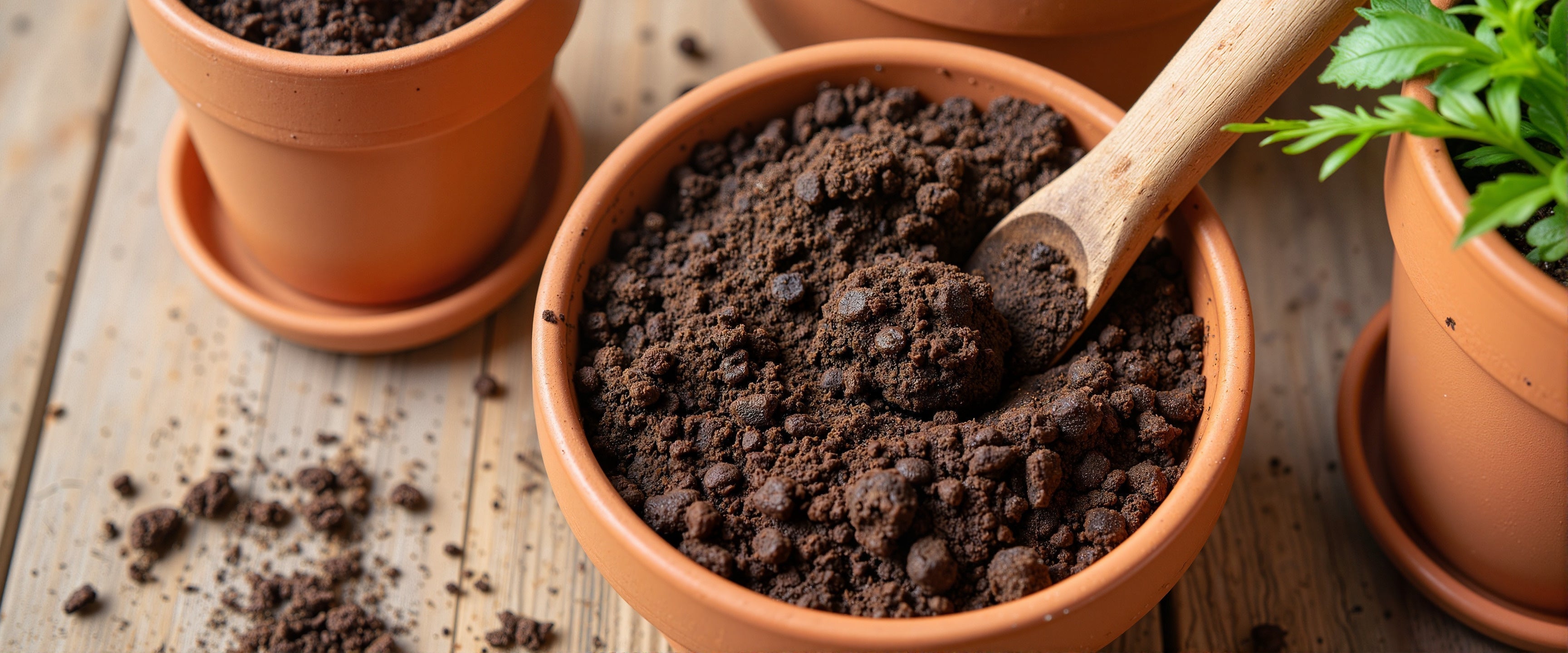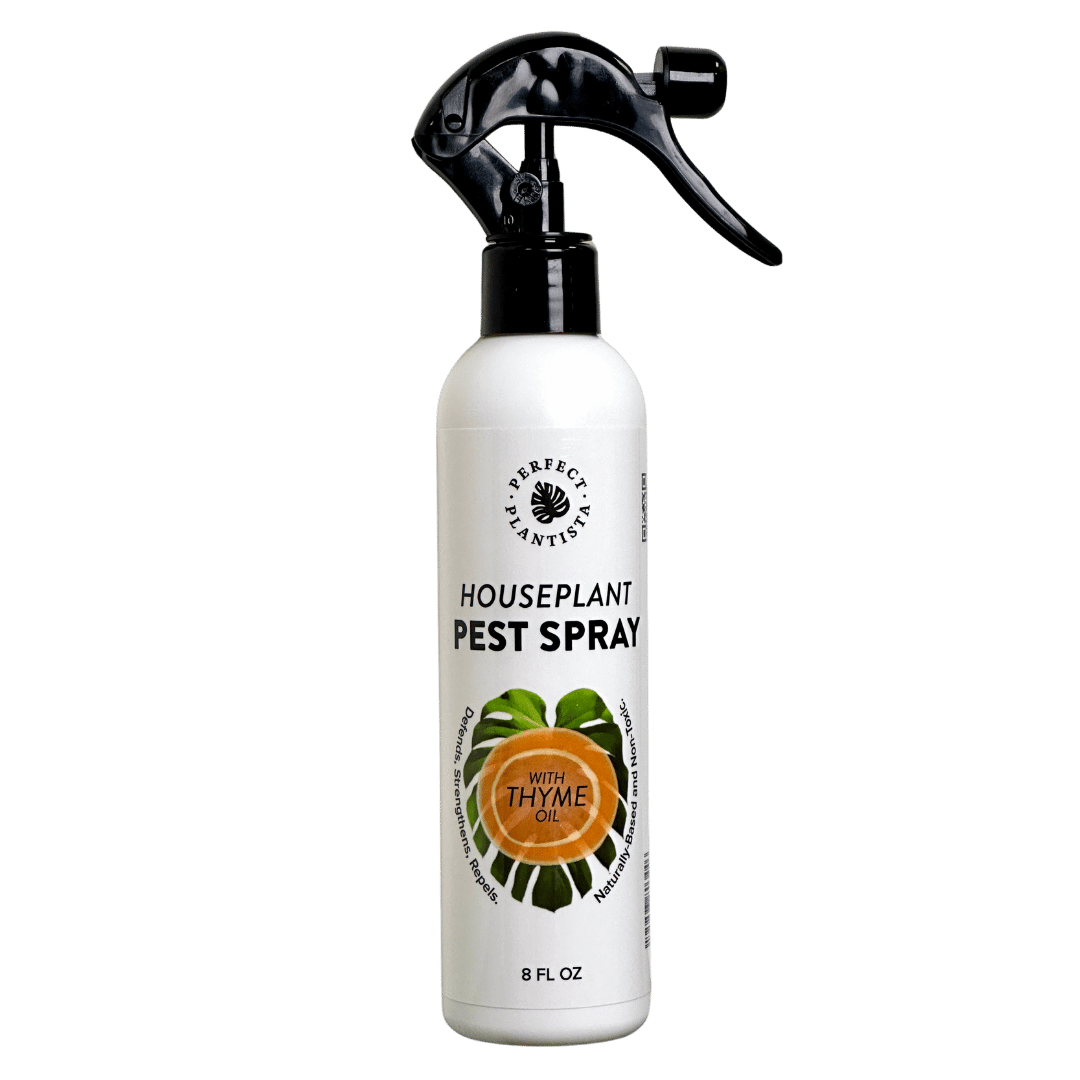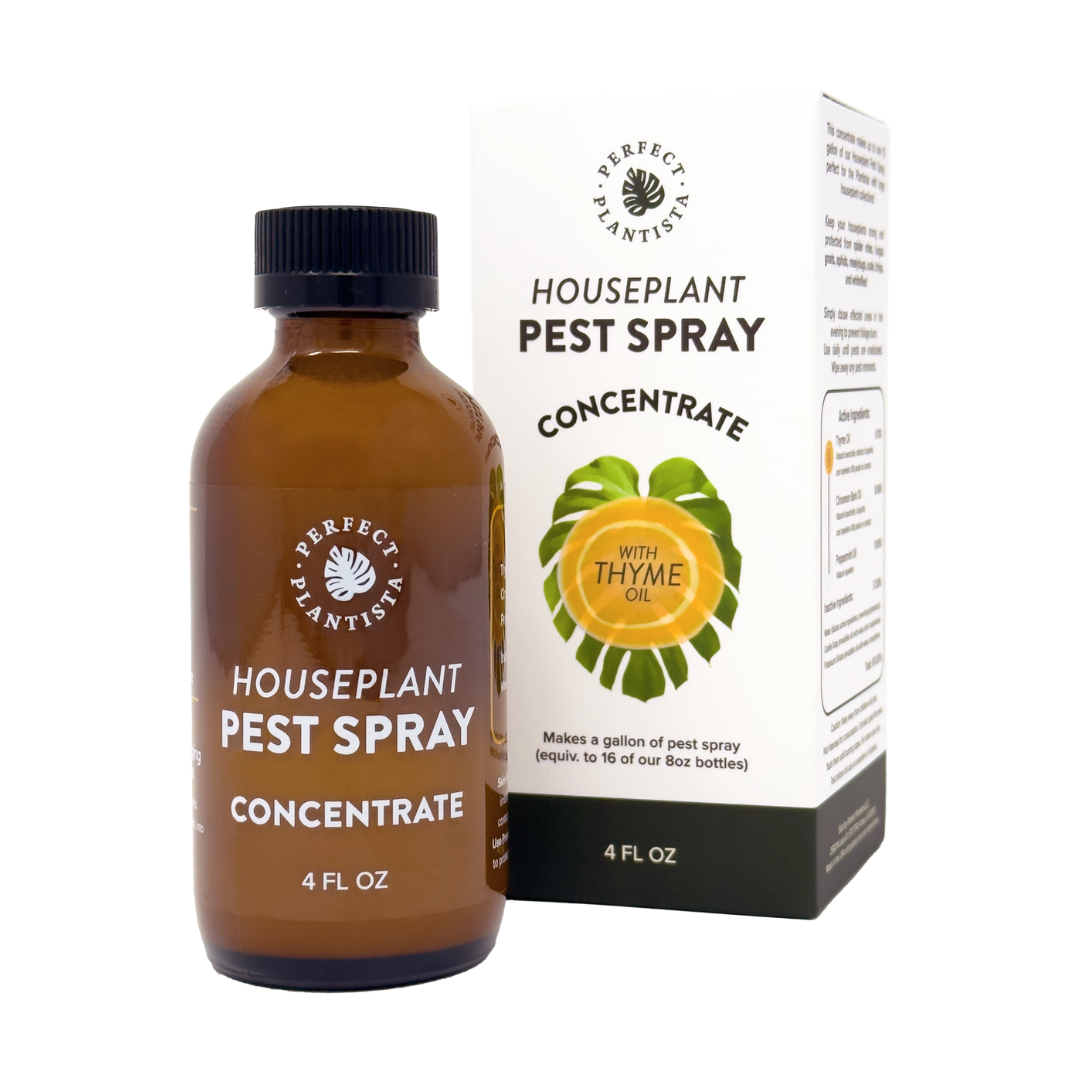If you're tired of dealing with fungus gnats or recurring plant diseases, sterilizing your potting soil is a simple, effective solution. Sterilization eliminates harmful pathogens, pests, and fungi, providing a safer and healthier environment for your plants.
In this guide, we'll explore easy ways to sterilize potting soil at home, answer common questions, and highlight the benefits of sterilization.
Why Should You Sterilize Your Potting Soil?
Sterilizing potting soil offers numerous advantages:
- Eliminates Fungus Gnats & Pests: Fungus gnats lay eggs in damp soil. Sterilization kills eggs, larvae, and adult pests, preventing infestations.
- Prevents Disease: Diseases like root rot, mold, and damping-off often linger in soil. Sterilization reduces disease risks significantly.
- Improves Plant Health: By removing pathogens, plants grow stronger and healthier, boosting their overall resilience and growth rate.
How to Sterilize Potting Soil at Home
You can easily sterilize your soil using two common methods—oven baking or microwaving.
Sterilizing Soil in the Oven:
- Preheat your oven to 180–200°F (82–93°C).
- Spread the soil thinly (3–4 inches deep) on a baking sheet.
- Cover the tray loosely with aluminum foil to retain moisture.
- Bake for 30 minutes.
- Allow the soil to cool completely before using.
Sterilizing Soil in the Microwave:
- Place damp (not wet) soil in a microwave-safe container.
- Cover loosely with a microwave-safe lid or plastic wrap with ventilation holes.
- Microwave for 90 seconds per pound of soil, stirring halfway through.
- Let it cool thoroughly before use.
Does Sterilizing Soil Remove Nutrients?
A common concern gardeners have is nutrient loss from soil sterilization. While sterilization may slightly reduce nitrogen and beneficial microbes, the impact is minimal with proper methods. To replenish nutrients, simply add compost, worm castings, or a balanced fertilizer after sterilization.
Frequently Asked Questions (FAQs)
Can you reuse sterilized soil?
Yes! Sterilized soil is safe and effective for reuse. Just ensure you supplement it with nutrients after sterilization.
How often should you sterilize potting soil?
Sterilize your soil whenever you notice signs of pests, mold, or fungus, or before planting sensitive seedlings. Typically, once per growing season is sufficient.
Does sterilizing soil help control fungus gnats?
Absolutely! Fungus gnats breed in damp, unsterilized soil. Sterilizing effectively breaks their lifecycle, greatly reducing infestations.
Can sterilizing soil harm plants?
Not if done correctly. Using lower temperatures and shorter sterilization times minimizes the risk of harming beneficial nutrients and microbes.
What spray helps get rid of fungus gnats?
Our Houseplant Pest Spray effectively repels fungus gnats. Its natural formula containing thyme, cinnamon bark, and peppermint oils safely eliminates pests without harming your plants.
Final Thoughts
Sterilizing your potting soil is a proactive step towards healthier plants, fewer pests, and a more enjoyable gardening experience. Try these easy home methods to prevent pesky fungus gnats and common plant diseases from affecting your green space.
For more details on managing fungus gnats effectively, check out our dedicated fungus gnat control guide.



